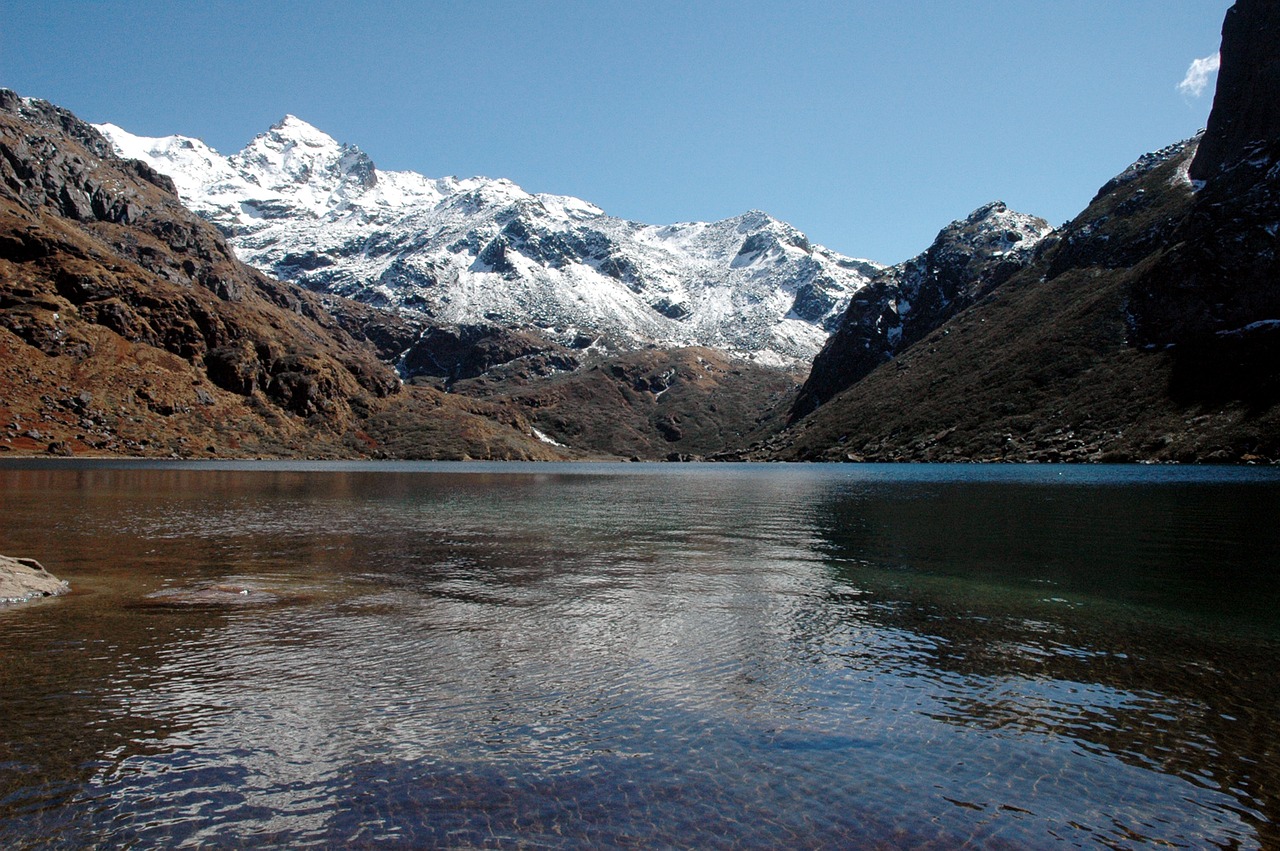Glacial Lake Outburst Flood in Sikkim

Background:
- A GLOF (Glacial Lake Outburst Flood) is a sudden and potentially catastrophic flood that occurs when water stored behind a glacier or a moraine (a natural accumulation of ice, sand, pebbles, and debris) is released rapidly.
- These floods happen when glacial lakes formed by melting ice accumulate water behind weak moraine dams.
- Unlike sturdy earthen dams, these moraine dams can fail abruptly, releasing large volumes of water in minutes to days, leading to devastating downstream flooding.
- The Himalayan terrain, with its steep mountains, is particularly vulnerable to GLOFs. Climate change, accompanied by rising global temperatures, has expedited the process of glacier melting in the Sikkim Himalayas.
- The region now boasts more than 300 glacial lakes, with ten identified as susceptible to outburst floods.
- GLOF can be triggered by several reasons, including earthquakes, extremely heavy rains and ice avalanches.
Linkage:
- In June 2013, Uttrakhand received an unusual amount of rainfall leading to the melting of the Chorabari glacier and the eruption of the Mandakini river.
- In August 2014, a glacial lake outburst flood hit the village of Gya in Ladakh
- In February 2021, Chamoli district in Uttarakhand witnessed flash floods which are suspected to have been caused by GLOFs.
Current News:
- The South Lhonak lake in northern Sikkim is situated about 5,200 meters above sea level.
- Scientists have previously warned that the lake had been expanding over years, possibly from the melting of the ice at its head.
- Sikkim recently experienced a Glacial Lake Outburst Flood (GLOF). The South Lhonak Lake, a glacial lake located at an altitude of 17,000 feet in the state’s northwest, experienced a rupture as a result of continuous rainfall.
- Consequently, water was discharged into the downstream regions, causing flooding in the Teesta River and impacting four districts of Sikkim: Mangan, Gangtok, Pakyong, and Namchi, as reported by the Sikkim State Disaster Management Authority (SSDMA).
- This flooding also caused the Chungthang Hydro-Dam in Sikkim (on the Teesta River) to breach, worsening the overall situation.
Impact:
- GLOFs can result in catastrophic downstream flooding. They have the potential to release millions of cubic meters of water in a short period of time.
- Peak flows during GLOFs have been recorded as high as 15,000 cubic meters per second (as per National Disaster Management Authority).









